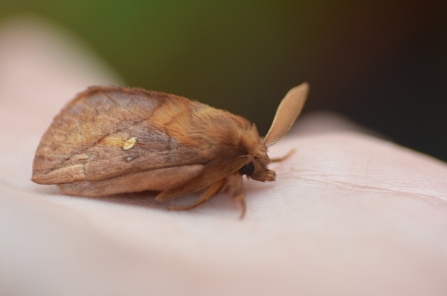Hi everyone,
Welcome to the final day of our biological recording week. I hope you have enjoyed all the posts so far. Today I am going to focus on local records centres, unsung heroes in the biological recording world.
What is a Local Records Centre and what do they do?
Local environmental records centres are responsible for collating, managing and sharing information about animal and plant species, and habitats and sites recognised for their natural value such as geological or protected sites. They hold all this information so it can be used by those with a need to know such as: local authorities and developers to inform the planning process and minimise the impacts on biodiversity and geodiversity; those managing nature reserves; for educational and scientific research.
Local environmental records centres:
- Securely hold and curate hundreds of thousands of species records per county
- Quality check all these records to ensure they are highly reliable
- Promote the uses of biological records to inform decision making
- Support local recorders in recording species
- Hold detailed information about protected sites, geodiversity and habitats as mapped GIS layers and citations
- Disseminate this information to organisations in the public and private sector whose actions affect the environment.
There are three local environmental records centres that cover the counties of Bedfordshire, Cambridgeshire and Northamptonshire, all hosted by the Wildlife Trust BCN. All are members of the Association of Local Environmental Record Centres (ALERC) whose members run a network of data centres covering the whole of the UK, each operating at a local level. If you want to ensure that your records are used locally as effectively as possible, then it is best to send them to your local records centre.
Bedfordshire and Luton Biodiversity Recording and Monitoring Centre
The Biodiversity Recording and Monitoring Centre (BRMC) is the local environmental records centre covering Bedfordshire and Luton. The BRMC currently holds just over 2 million species records, and these are added to on a regular basis. Up to date information about the data we hold and how to access this is available via their annual report and on their website. Species records can be supplied to us online via the ‘Recording Species’ section found on the home page of the BRMC website. This has links to the Bedfordshire Natural History Society’s ‘Adnoto’ online recording system. Records are also accepted via email.
The BRMC can be contacted via:
Email – brmc@bedsbionet.org.uk
Phone – 01234 355435 / 364213


